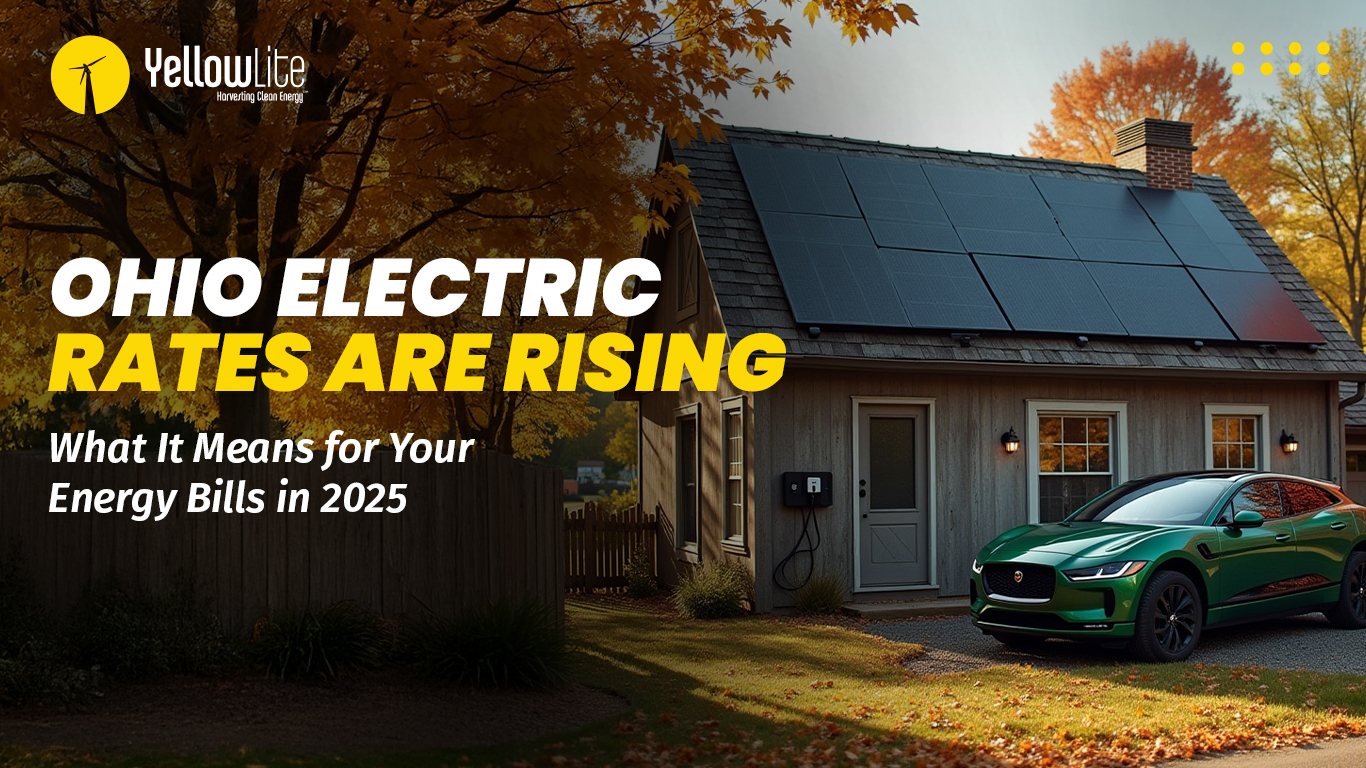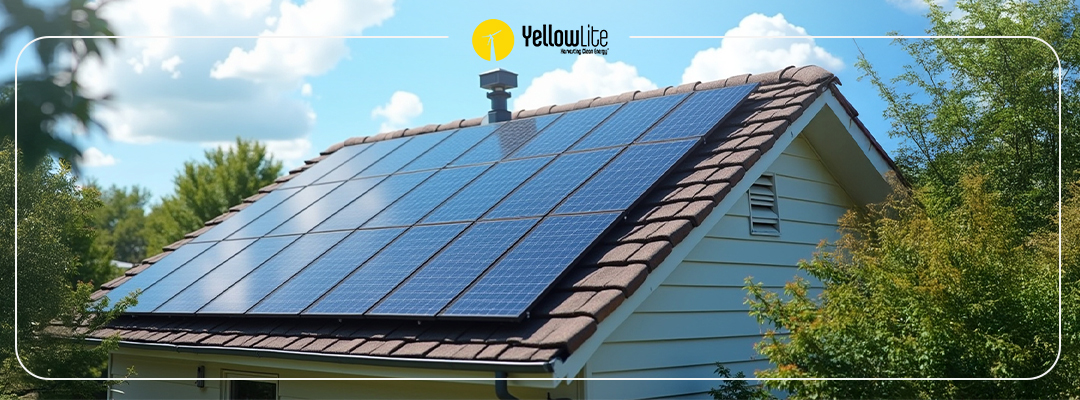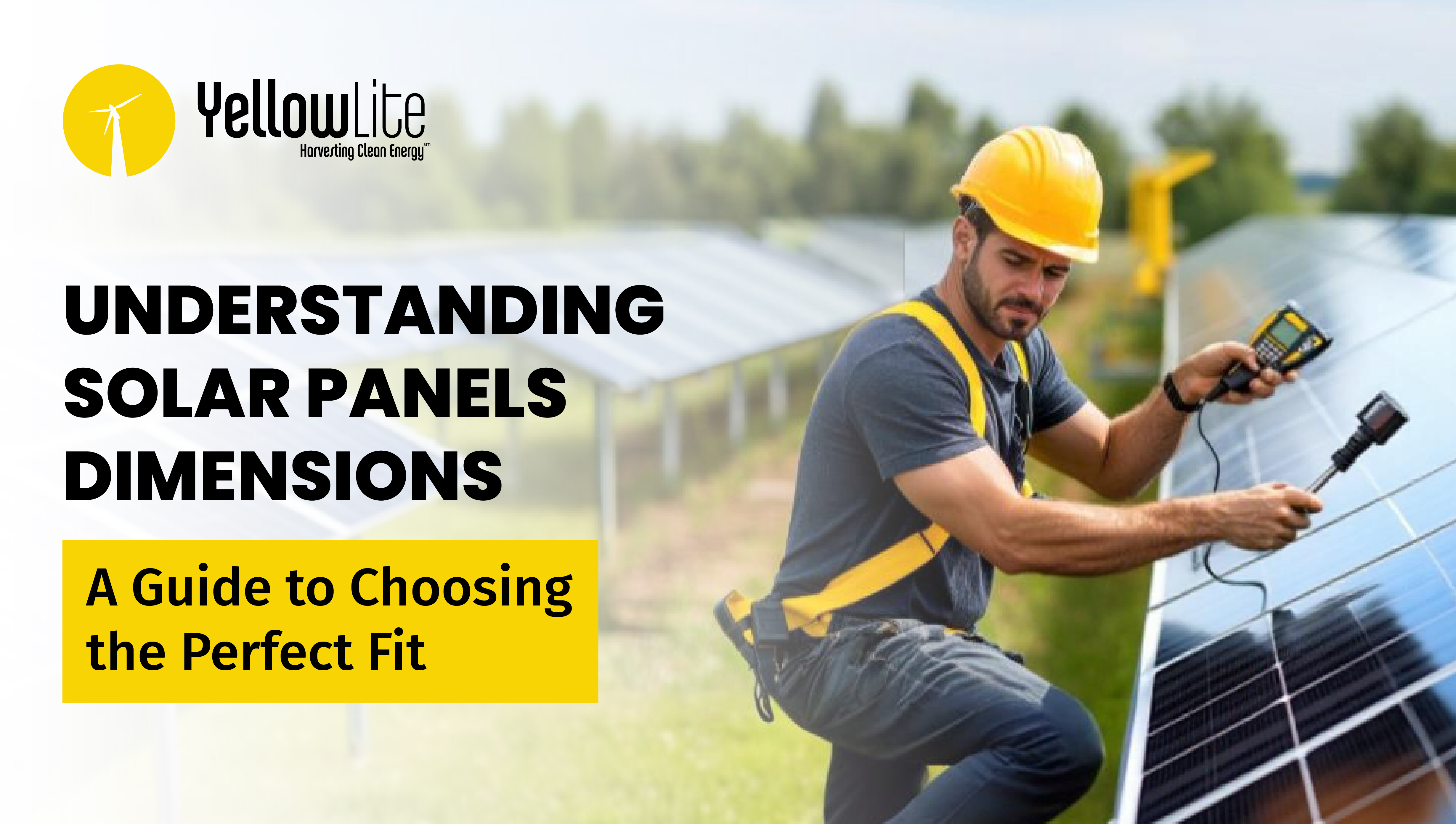Should You Install A Tracking System For Your Solar Energy System?
Would a tracking system for solar panels be helpful and would it be cost-effective to install? These are questions we are going to answer. First, why would a tracking system be necessary in the first place? Why wouldn't you just install your panels in a fixed position and leave it alone? To answer why a tracking system produces more electricity, we have to understand the movement of the sun across the sky and why it matters.
Regardless if a potential solar power system owner decides to go with a rooftop array or a ground mount, you are going to want to orient your panels as much as possible toward a south-facing direction, at least in the northern hemisphere. This is because the sun tracks in the sky in two directions over the course of time. The first is what is called the azimuth. This refers to the sun rising in the east and setting in the west.
The second direction the sun moves is called the altitude. During the summer months, the sun tracks higher in the sky while in the winter the sun will track lower. The angle of the sun is important. If the sun is at the horizon the altitude would be zero degrees. At mid-day the sun would be directly overhead and the altitude will be at 90 degrees. Your panels will get the most sunlight if the sun is directly overhead at a 90 degree angle, at mid-day, during the summer solstice and will therefore hit the panels directly with sunshine and produce more electricity than at any other point during the year. This is in stark contrast to the winter solstice at mid-day when the altitude will cause the sun to hang lower in the sky and will not hit panels with the optimum angle. In Ohio you might get half as much sunshine during the winter, a lot of which is due to less daylight, but also due to the angle the sun tracks across the sky.
In short, you want your panels pointing directly at the sun so they capture more of the sun's rays so you can make more electricity. Most solar energy systems are oriented at an angle at time of installation in order to best take advantage of the sun's movement's throughout the year. For Columbus, Ohio, which is roughly in the center of the state, the latitude is almost exactly 40 degrees. Since we get more sunlight during the summer months than winter, it is preferable to angle an array for a summer orientation. In this case, the rule of thumb is taking the location's latitude and subtracting 15 degrees. In this case, to soak up as much sun as we can in Columbus, we would angle the panels at 25 degrees. If you were located in a more southern location such as Miami, which has a latitude of roughly 26 degrees, you would want to angle your solar panels to 11 degrees. To orient your panels for a winter bias, you would do the opposite and add 15 degrees to your angle. In that case Columbus would get a 55 degree angle, while Miami would get a 41 degree angle.
So if the sun moves throughout the day across the sky and the sun's moving up and down on the horizon depending on the season, a tracking system that would move with the sun to capture more sunlight would be a great benefit and produce more electricity. So now the questions to ask are how much more energy would a tracking system produce and how much more would it cost to install? Would it be worth the cost to install a tracking system? What other options are available to produce more electricity if you don't use a tracking system?
Why Would A Single or Dual-Axis Tracker Be Beneficial?
First, if the panel is tracking the sun's direction during the course of the day following the azimuth, the panels will have more direct exposure to the sun's rays. How much more? One site we visited gives an estimate of 25-35%. Another site claims an increase of 25-45% more efficiency. A third website claims an estimate of 10-25% more efficiency. In this case, we'll go with the 25% efficiency as a good rule of thumb.
The advantages of having trackers are that you could produce more electricity with the same amount of panels or you can design your system with trackers and simply use less panels. You would also be using less land as well.
Most commercial solar trackers are used on the ground, especially in utility arrays. They can also be used on a flat roof. They cannot, however, be used on a slanted residential roof. If you want to use trackers, you are going to have to install a ground mount. They would also require additional trenching work for wiring as well as some additional grading.
Would we advise using single- or dual-axis trackers?
The answer is no. We are of the mindset that if you want to generate 25% more electricity, we can install 25% more panels to your ground mount. Or we can guide your purchase to more efficient panels.
Solar tracking systems can add anywhere from $0.90 per watt all the way up to $1.50 a watt cost to your solar energy system. This is generally $500-600 or more per panel for the equipment. In short, it is going to cost you around 30% or more in costs to install tracking on your ground mount to produce 25-30% more electricity.
In northern climates, trackers do not make as much sense as in locales closer to the equator. The reason for this is that the sun tracks across the sky in a more elongated fashion the closer you get to the equator whereas in the northern parts of America there is not the same variability. This is why you don't see as many trackers in the Great Lakes region as you do in places like Texas, Arizona, and Southern California.
It should be stated that any piece of technology with moving parts will eventually require maintenance, no matter how well it was installed, designed, or manufactured. Motors burn out and need to get replaced. In short, something will eventually go wrong and then you have to contact your solar installation company for repairs. In the meantime, your panels might be stuck in a sub-optimum angle.
One way you can adjust your solar energy system throughout the year is by building a fixed racking system where the panels can be raised or lowered manually with a bar and grooves on the side. So during a change in season, you could just adjust each panel accordingly. This would not necessarily help you with the azimuth, how the sun tracks over the course of the day, but it would be an option for you in terms of capturing the best angle depending on your latitude.
In short, there are ways we can improve efficiency and keep costs down that don't require a tracking system. One of the great things about having a passive energy generation system is that you don't need to worry about it. The solar panels sit on their racks and produce electricity without you having to do much of anything in the way of upkeep. A tracking system adds more potential worry to a system that it may not be worth it. If you would like us to install one, we can do it, but we would recommend other alternatives first before we go in that direction.



